A good setting can take your horror story to the next level, creating realism and pulling the reader into your fictional world.
It can also make a scary story even scarier, by depicting an eerie or unsettling atmosphere.
But what is “setting” in the context of fiction? How do you choose one for your story? And how can you describe it in a way that enhances the reader’s experience?
This guide covers everything you need to know about setting, description, and sensory details within the context of horror writing.
What Is Setting, Exactly?
In fiction, setting refers to the time and place in which a story takes place. It includes the physical location, social and cultural environment, and the historical period.
In horror stories, the setting often conjures an atmosphere of fear or unease. It can influence the overall mood of the story and intensify the reader’s sense of danger.
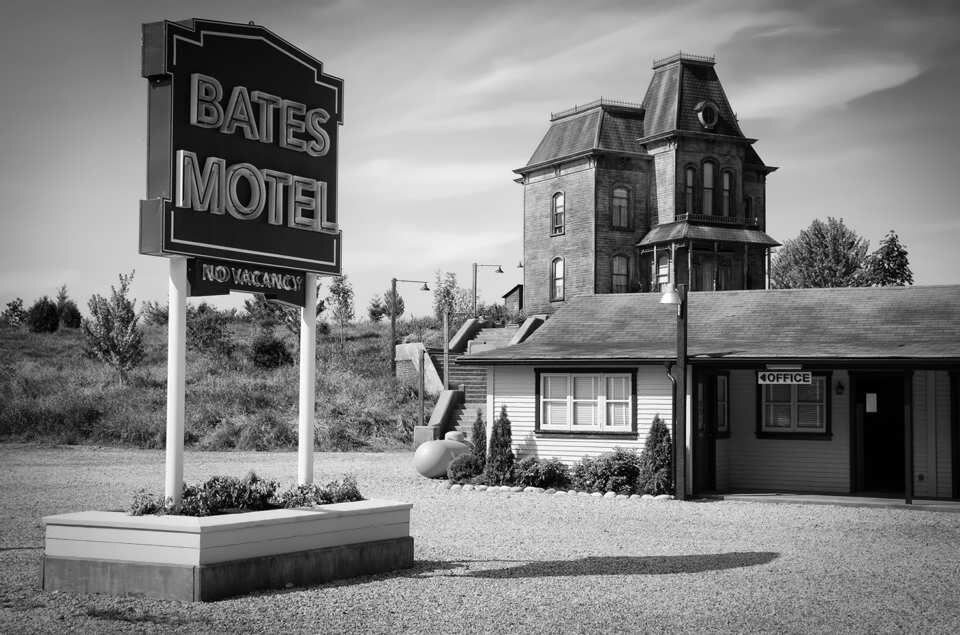
Well-known examples of horror story settings:
- The Shining (novel): The isolated and snowbound Overlook Hotel in the 1970s.
- The Haunting of Hill House (novel): An imposing, decaying mansion in 1959.
- “The Lottery” (short story): A rural New England village, the year unknown.
- Alien (film): The claustrophobic, dimly lit spaceship Nostromo in the year 2122.
- The Blair Witch Project (film): The eerie Black Hills Forest of Maryland in 1994.
- Psycho (film): An isolated hotel in a fictional California town in the 1950s.
Notice the specificity of these settings. They all include a specific location and (with the exception of “The Lottery”) a specific timeframe as well.
Readers have an easier time getting immersed in a horror story if they know when and where it takes place, relative to their own place in the world.
How the Setting Affects a Horror Story
The setting of a horror story provides a backdrop for the story’s events. It also affects the way readers interact with the story—and how it affects them emotionally.
A good setting can make a horror story scarier, more engrossing, and more memorable.
What the setting can do for a horror story:
- Create atmosphere: A creepy setting can establish a sense of dread and unease, either from the start of the story or as it progresses.
- Build tension: A confined or isolated setting can increase suspense for the reader and keep them turning the pages.
- Establish character: A character’s reaction to the setting can reveal their strengths, weaknesses, and fears.
- Advance plot: A dangerous setting can force characters to make difficult choices and take risks, moving the story forward.
- Elicit emotion: A well-described setting can evoke fear, disgust, or even empathy, depending on the story.
- Offer surprises: An unexpected setting can subvert expectations and create a shocking twist for the reader.
Two Main Options: Expected or Unexpected
When writing a horror story, you basically have two options for the setting:
Expected: You could give your story a creepy or scary setting from the very start, like a maze-like subterranean catacomb or a gloomy, ancient castle.
Unexpected: You could also choose a more benign and seemingly harmless setting, like a public park on a sunny afternoon.
In the first option, an eerie setting can help you create a sense of dread and danger from the start of the story. It helps to set the mood early on, if that’s what you’re aiming for.
On the other hand, an ordinary and safe setting creates a stronger sense of contrast. The story starts in a recognizable time and place, before descending into darkness. It catches the reader off guard and offers shock value.
Settings where you would expect horror:
- Abandoned asylum or mental hospital
- Derelict mansion on a cliffside
- Dense, fog-covered forest
- Underground tunnels or catacombs
- Deserted mining town
- Remote cabin deep in the woods
- Old cemetery at dusk
- Ruins of an ancient monastery
- Sprawling cornfield at night
- Deserted fairgrounds with broken rides
Settings where you wouldn’t expect it:
- Bright, sunny playground filled with laughter
- Cheerful suburban home on a quiet street
- Bustling coffee shop on a weekday morning
- Hotel lobby with calming music
- The beach on a sunny day
- Children’s birthday party in a backyard
- Cozy diner late at night
- Christmas tree farm in December
- Quaint antique shop in a small town
My advice is to go with your first instincts. If you can already “see” a setting for your horror story, in your mind’s eye, then go with that and shape everything else around it.
Or, you could start by writing the bones of the story—the characters, dialogue, and action—and color in the setting on the second draft, as it comes to you.
Figuring It Out as You Go Along
As mentioned above, you don’t need to have the perfect setting identified at the start of your story. You can figure it out as you go along.
You can build the house first and choose the decor later.
Now, don’t you feel better knowing that?
If you have a story in your mind that’s eager to jump onto the page, by all means let it out. Just start writing. Strike while the iron is hot.
In the beginning, all you really need is a main character, a situation, and some kind of threat. That’s the foundation of a horror story. The setting is important too, but you can move forward without it—at least initially.
In fact, you might find that the setting chooses itself, as you’re writing the first draft. And it might even surprise you. It might make for a better story.
Using Sensory Details to Enhance Your Setting
Sensory details can take your horror settings to the next level. They help you paint a more vivid and realistic picture in the reader’s mind, which is exactly what you want.
Definition: In fiction writing, “sensory details” are vivid descriptions that engage one or more of the five senses—sight, sound, smell, touch, and taste.
Whether you’re describing weather conditions or the basement of a house, sensory details can bring the scene and setting to life. They help you draw the reader into the story, for a more immersive and often more frightening experience.
Sight and sound are the most common senses used to describe horror settings, followed by smell, touch, and (to a lesser extent) taste.
Here are some examples of sensory details that cover all five of the senses:
- Sight: Shadows stretching across the floor, flickering lights, or the glint of something sharp in the darkness.
- Sound: The faint creak of a floorboard, a distant scream, or the eerie silence of a place devoid of life.
- Smell: The metallic tang of blood, the musty scent of decay, or the acrid stench of smoke.
- Touch: The clammy chill of a damp wall, the grit of dirt underfoot, or the sharp pain of unseen thorns.
- Taste: The metallic flavor of fear (literal or metaphorical), the bitterness of smoke, or the briny tang of sea air near a haunted coastline.
Balancing Description With Dialogue and Action
Describing the setting requires a balancing act.
Too little description can make a story feel bare or lifeless, while too much of it could slow the story down or overwhelm the reader. So try to strike a good balance between action, dialogue, exposition, and description.
In his 2000 book On Writing: A Memoir of the Craft, Stephen King wrote:
“In many cases when a reader puts a story aside because it ‘got boring,’ the boredom arose because the writer grew enchanted with his powers of description and lost sight of his priority, which is to keep the ball rolling.”
Be selective when describing things in a horror story. Spread it out. Drop a bit of description here, another drop over there. Make a few brushstrokes and let the reader’s imagination fill in the rest. Above all, keep the story moving!
Researching Real Locations for Inspiration
If you’re having trouble creating a horror setting or location from scratch, using only your imagination, you could also mimic a real-world location.
Exploring real locations can inspire a realistic horror setting. It might also help you develop the plot, main events, and overall direction of the story.
Here are some intriguing real-world locations that might offer inspiration:
1. Eastern State Penitentiary, Pennsylvania, USA
This historic prison once held notorious criminals in solitary confinement. Some people believe that it’s haunted by former inmates. This site’s crumbling cells, long dark hallways, and controversial history make it a prime example of a foreboding horror setting.
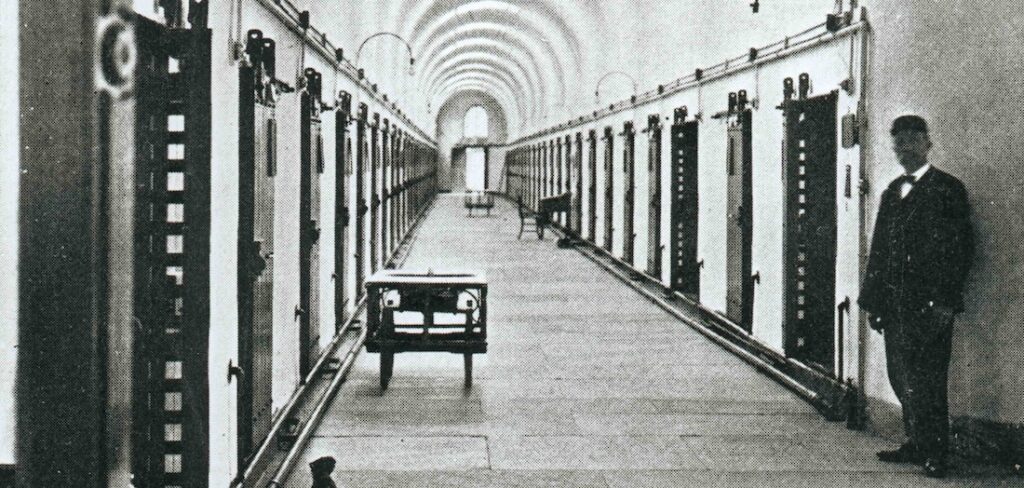
2. The Catacombs of Paris, France
Beneath the streets of Paris lies a labyrinthine network of catacombs. They hold the bones of over six million people. The shadowy tunnels and walls stacked with skulls and bones offer a naturally terrifying and claustrophobic setting, with interesting historical context.
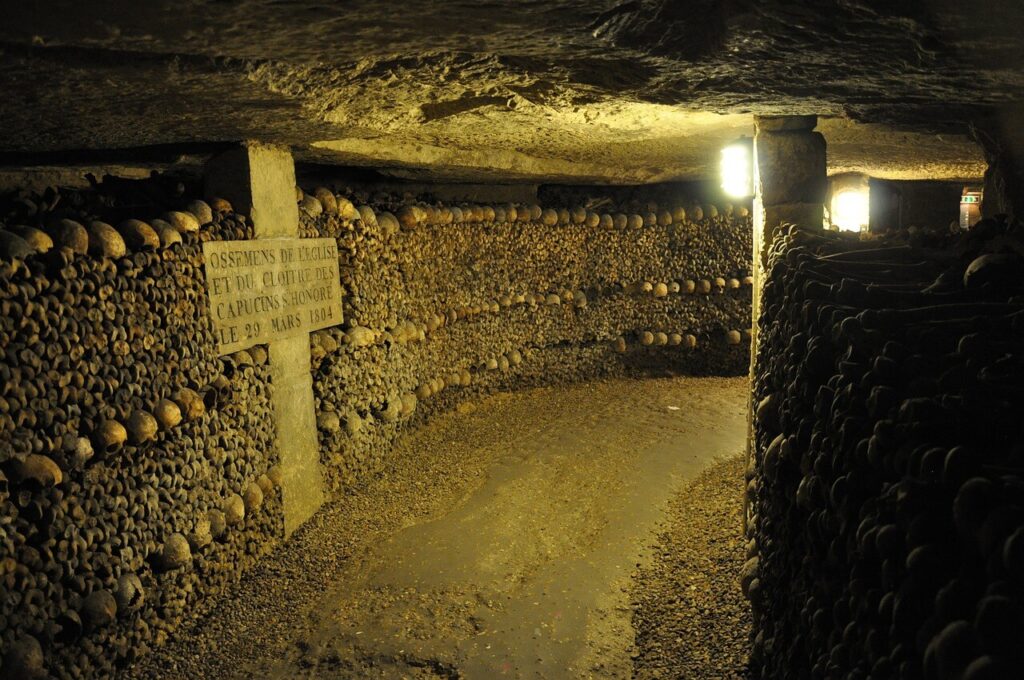
3. Poveglia Island, Italy
This small island near Venice was once used as a quarantine island for plague victims and later served as an insane asylum. It’s rumored to be haunted by those who suffered there. The island’s structural ruins, decaying hospital wards, and isolation from the mainland provide an eerie setting with a lot of storytelling possibilities.
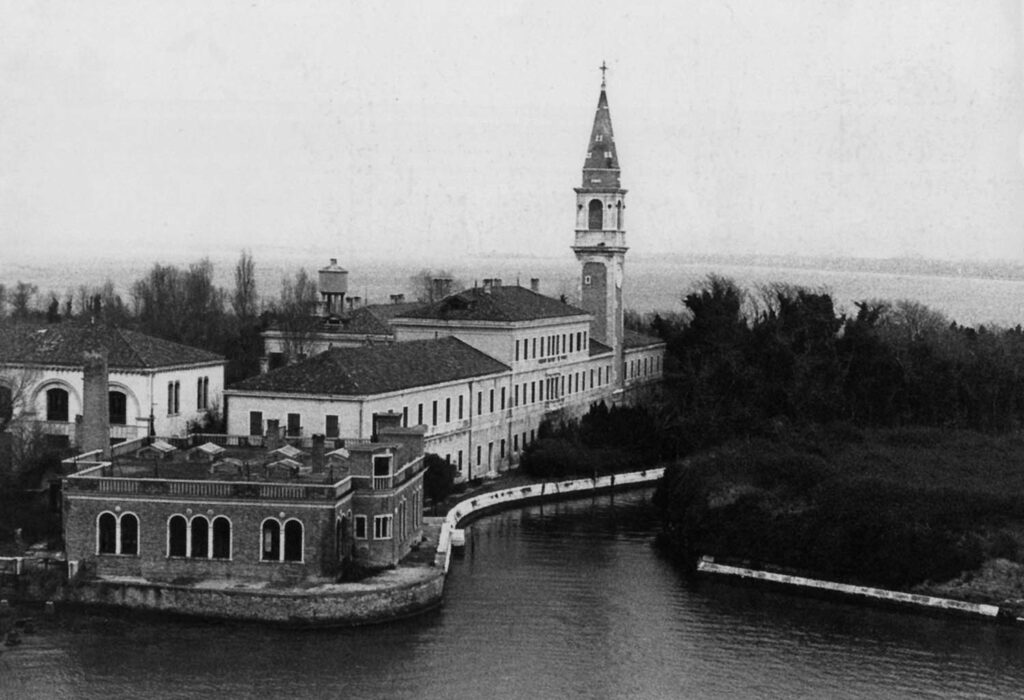
4. Isla de las Muñecas (Island of the Dolls), Mexico
This eerie island near Mexico City is known for the hundreds of decaying dolls hanging from trees. The island’s caretaker reportedly hung the dolls to appease the spirit of a drowned girl. The weathered dolls, combined with the island’s isolation and swampy surroundings, create a disturbing atmosphere that could harbor mysteries or vengeful spirits.
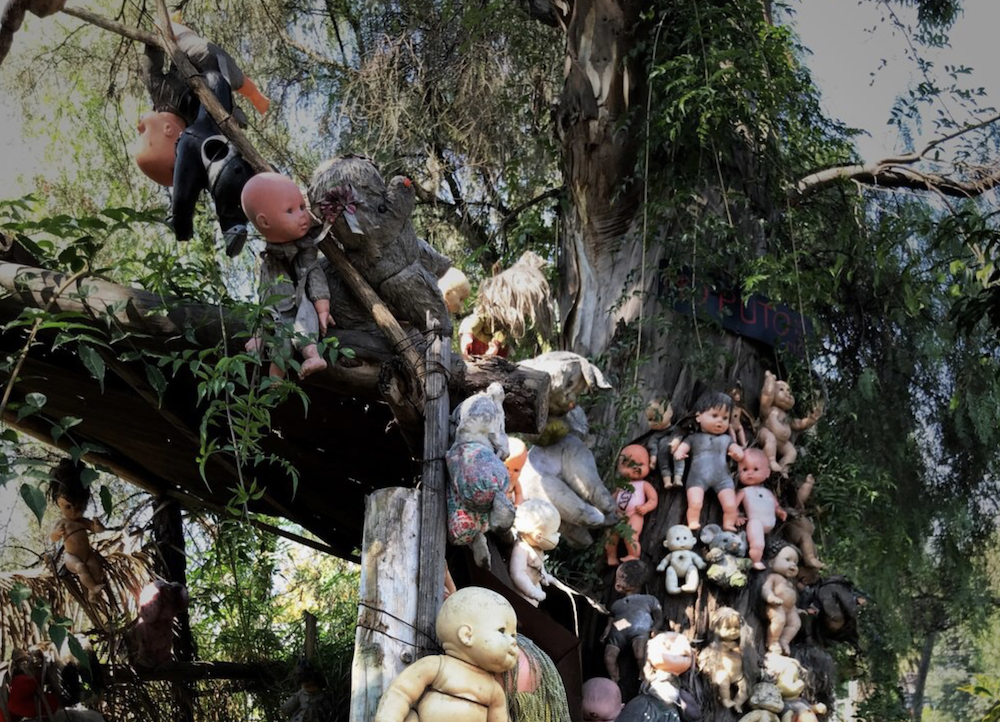
5. Aokigahara Forest, Japan
Known as the “Sea of Trees,” this dense forest at the base of Mount Fuji has a tragic history of suicides and a reputation for supernatural occurrences. Visitors have reported an eerie silence and disorienting sense of isolation. Its dense trees and twisting paths provide an ideal setting for a horror story about nature’s darkness or the unknown.
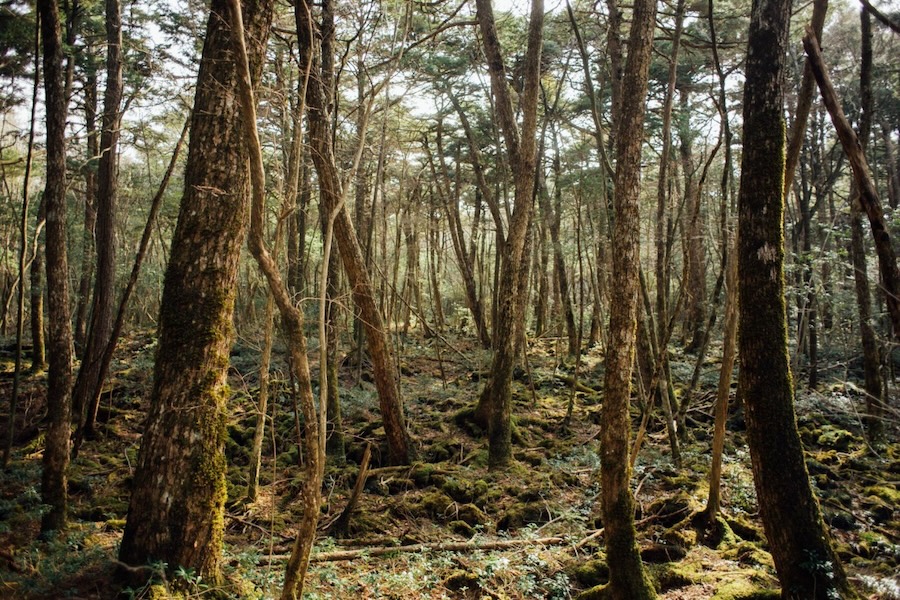
6. The Winchester Mystery House, California, USA
This 24,000-square-foot mansion was built at the direction of Sarah Winchester, widow of firearms magnate William Winchester. According to legend, a spiritual medium told Sarah she would be haunted by the ghosts of Winchester rifle victims—unless she built a house for them. The mansion has a disorienting floor plan with staircases that lead nowhere and hidden rooms.
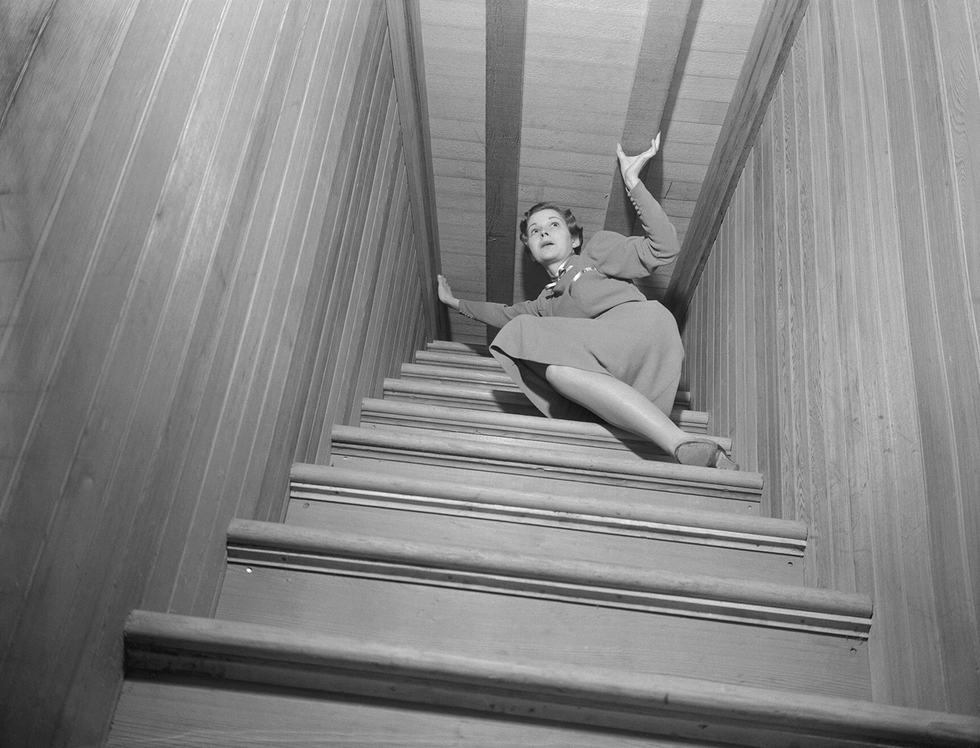
These real-life settings provide a treasure trove of story ideas and setting inspiration. As a writer, you could use the actual location, or create your own fictional version of it. You have options!
